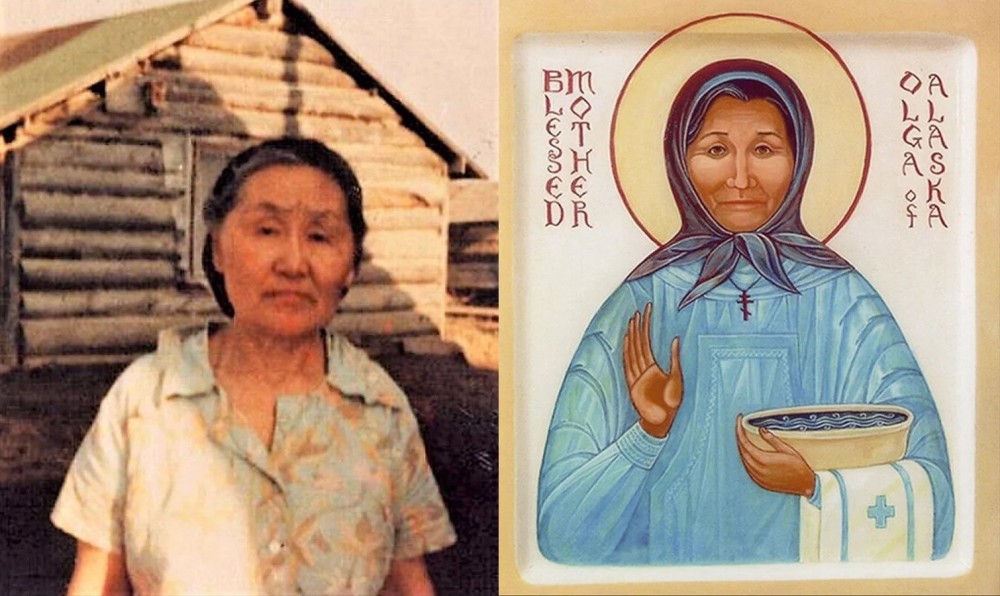Native Alaskan healer named North America's first female saint in Orthodox Church

An undated photo and a depiction of Matushka Olga Michael of Alaska. (Images courtesy of Orthodox Canada)
A Native Alaskan midwife known for her healing love, especially toward abused women, has become the first female Orthodox Christian saint from North America after she was glorified at a meeting of bishops of the Orthodox Church in America in Chicago earlier this month.
Expected for more than a year, her glorification is the result of a bottom-up process that begins with lay members’ veneration and the gathering of accounts of holiness by a church committee. Unlike Catholicism, the Orthodox do not require miracles to confirm a saint, but some women have credited Olga with miraculous intercessions.
On November 2, Bishop Alexei of Sitka and Alaska wrote a letter to the OCA’s highest-ranking cleric, Metropolitan Tikhon, formally requesting that she be considered for sainthood.




